How US WIll Lead The Global Wireless Market Amid Tough Challenges
US government must provide a crystal-clear strategy when spectrums will be available so that businesses, operators, component and hardware providers can prepare themselves before utilizing these spectrum.
The industry association Cellular Telecommunications and Internet Association (CTIA) hosted the 5G summit on May 17, 2023, in Washington DC where numerous bigwigs from the US government and the wireless industry assembled to discuss the monumental improvement in unleashing the 5G networks and the new use-cases. At the event, the officials also discussed the pending works that need to be done and the grave impediments, which the industry is facing. Devoid of any skepticism, there is a sense of positive vibes about the new opportunities that 5G promises to bring, but many believe that it is still in the early stages. The industry leaders have opined that for a successful 5G penetration, policymakers must look forward for more incentives, schemes, and also support it.
During the event, a plan has been chalked out by the speakers about how much improvement has been made on 5G and by all measures, it has been made clear that it is the fastest deployed wireless generation yet. Now, if we speak about the mmWave frequencies, low-band, and mid-band, AT&T, Verzon, and T-Mobile cover 320 million US citizens. The unleashing of mid-bands have been very fast, while AT&T’s senior vice president of Engineering and Operation, Egal Ilbaz highlighted that the company will be able to reach 200 million Point of Presence (PoPs) towards the end of 2023, while on the other hand, Neville Ray, President of Technology, T-Mobile stated that their firm would be able to reach 300 million PoPs.
Why The Federal Communications Commission Allowing Additional Spectrum for 5G Services?
A year back, the FCC has made high-band spectrum auctioning a top priority. The first 5G spectrum auctions have been done in the 28 GHz band; the 24 GHz band; and the upper 37 GHz, 39 GHz, and 47 GHz bands. The Commission along with these auctions is also allowing 5 gigahertz of 5G spectrum into the market and is also undertaking efforts to free up 2.75 gigahertz of 5G spectrum in the 26 and 42 GHz bands. Additionally, the FCC has taken a step for more useful utilization of additional millimeter-band spectrum in the 70/80/90 GHz bands. According to a report of FCC's official website, Mid-band spectrum has become a target for 5G buildout given its balanced coverage and capacity characteristics. With their work on the 2.5 GHz, 3.5 GHz, and 3.7-4.2 GHz bands, they will make more than 600 megahertz available for 5G deployments. And speaking of the low-band, the FCC is acting to improve use of low-band spectrum (useful for wider coverage) for 5G services, with targeted changes to the 600 MHz, 800 MHz, and 900 MHz bands.
Speaking of the 5G infrastructure policy in the US, they must be updated by the FCC so that more investments can be made in the 5G ecosystem. Chairwoman of the FCC, Jessica Rosenworcel told the global media, "If we want broad economic growth and widespread mobile opportunity, we need to avoid unnecessary delays in the state and local approval process. That’s because they can slow deployment.” In an effort to promote digital opportunity for every US citizen, the outmoded regulations will be modernized by the FCC. The 5G fund for rural US has been established by the FCC in October 2020 so that they can have around $9 billion in Universal Service Fund by which the operators will be able to set-up cutting-edge 5G mobile wireless services in the rural USA, which also includes $680 million for deployment on the tribal lands.
Back in 2022, the FCC had commenced bidding auction of mid-band spectrum and that bidding auctioned around 8,000 county-based licenses in the 2.5 GHz spectrum band in mostly the rural region of America. According to an exclusive report of Reuters, AT&T Inc led bidders in the 3.45 GHz mid-band spectrum auction, winning $9.1 billion, while T-Mobile won $2.9 billion and Dish won $7.3 billion. FCC C-Band spectrum auction last year, three of the biggest US wireless firms won $78 billion in bids. For 3,511 licenses, Verizon Communications paid $52 billion, while T-Mobile grabbed $9.3 billion, and AT&T grabbed $23.4 billion in licenses.
The Ongoing Challenges Of The Wireless Industry And What’s Next For 5G
5G technology has already transformed the consumer’s lives in various ways, but according to the experts, bigger organizations will benefit more from this technology as it has the potential to power connected irrigations, smart cities, factories, and many more. Now, the executives from DISH, Verizon, T-Mobile, and AT&T were all highlighting the flexibility and the opportunities that virtualized, software-powered networks would provide benefits for developers in the organization. The low-latency AI and ML applications will be deployed seamlessly for efficiency by distributed computing at the edge. The situation is also a bit pessimistic because in the enterprise level, the 5G development is slow and the foggy economic ecosystem would prevent some organizations from experimenting and deploying 5G to perk-up their productivity.
But, as the unleashing of mid-bands is happening soon, 5G will be able to benefit the enterprise to improve their outputs. During the 5G summit, the speakers have made it clear that Chinese operators are going to fulfill 25,000 orders for the private networks. Although the US is a bit behind in this scenario, which will obviously change in the coming few years. The problem of digital divide can be countered by the wireless industry. The arrival of fixed wireless access (FWA) offers a replacement for the fiber, which will be low-cost in various parts of the world while offering the required capacity and speeds to connect rural areas, thereby improving trade, education and various other sectors.
Even though 5G is furnished with numerous opportunities, there are some strict hurdles that are preventing this technology from reaching its potential. Experts claim that the ongoing high level of geopolitical tensions between China and the US is an imperative factor. Also, the executives from Ericsson and Samsung have stated that the state subsidies provided by the Chinese government for its infrastructure firms makes it very intricate to compete on the price, which forces numerous nations to go for Chinese wireless network providers.
Matthew Orf, the US based research analyst at Counterpoint Research said, "The Government of China’s Aggressive business strategy for unleashing 5G has given the country a chance to spearhead the wireless industry and chinese network providers and organizations are having a huge experience in deploying new use cases before the western nations. This is ultimately offering the Chinese firms a tremendous competitive advantage in regards to their western rivals.”
“Now, if we look towards 6G, the geopolitical tussles between China and the US is going to negatively impact the entire global wireless market, which would also decrease the interoperability and scale. Therefore, America must work closely with its allies throughout the world to have a single standard out of which everyone can benefit,” added Orf.
Orf also highlighted that in an effort to counter these hurdles, the industry leaders called the US policymakers to give more authorization to the FCC to open spectrum auctions and provide more spectrums for the operators. This is because the volume of data consumption is augmenting very rapidly, while more spectrum is also required for the new enterprise use-cases. But, this authorization to the FCC is not enough and the US government must provide a crystal-clear strategy when spectrums will be available so that businesses, operators, component and hardware providers can prepare themselves before utilizing these spectrums.








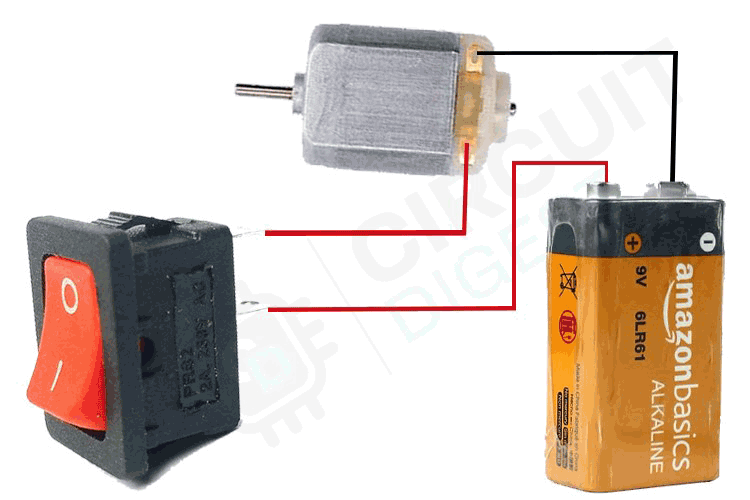




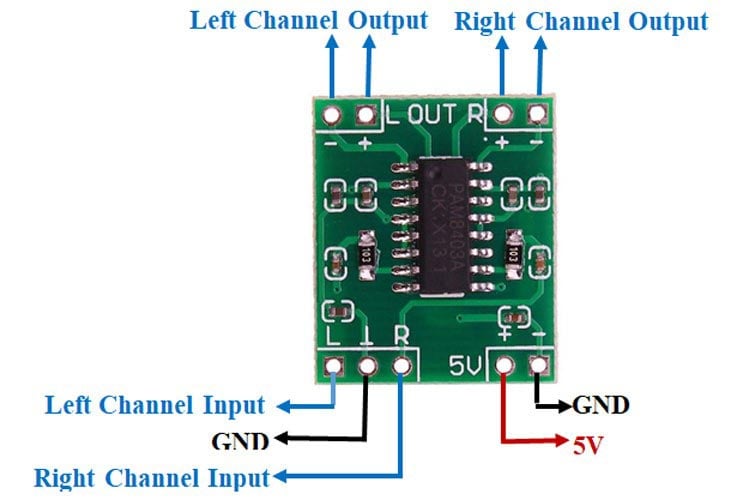
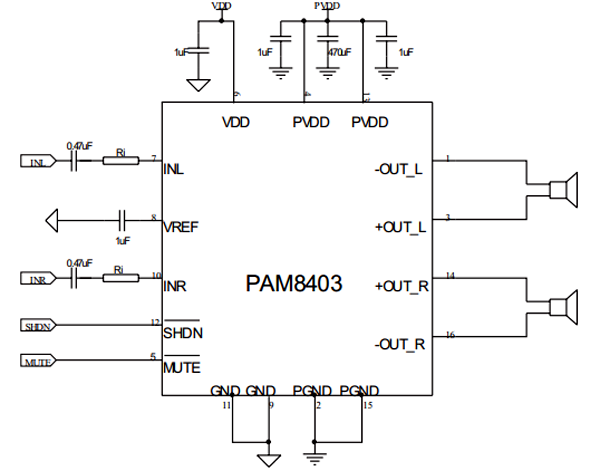
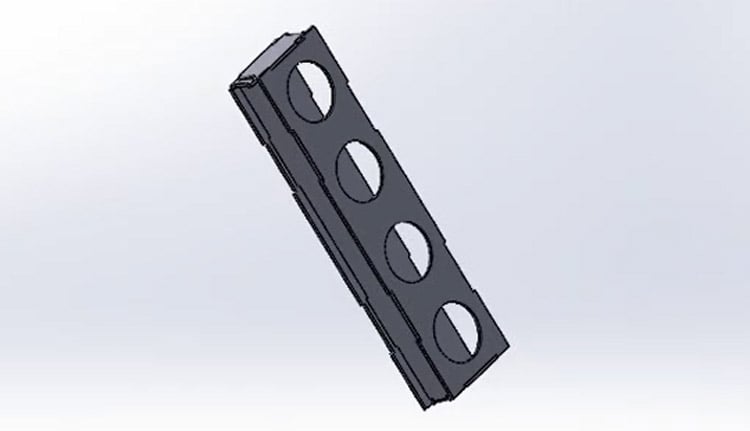
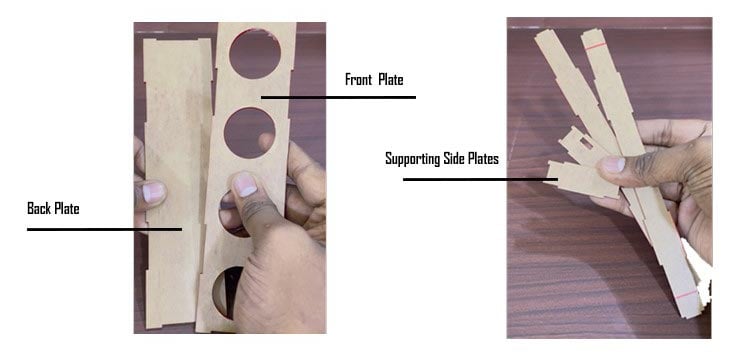
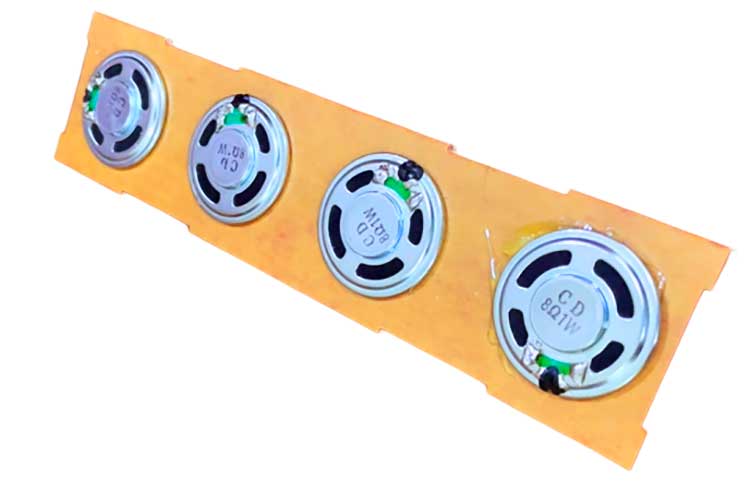
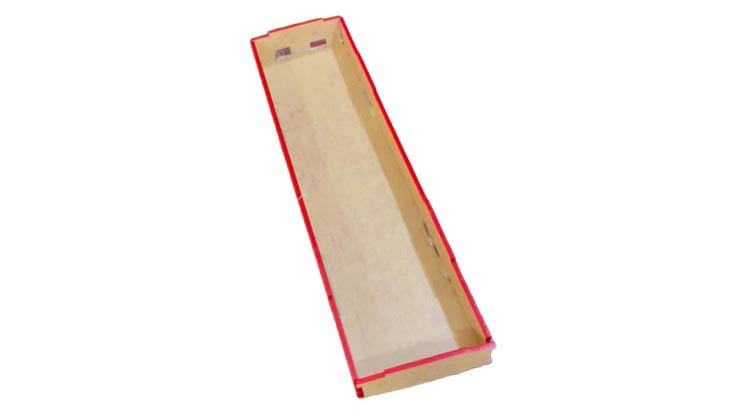
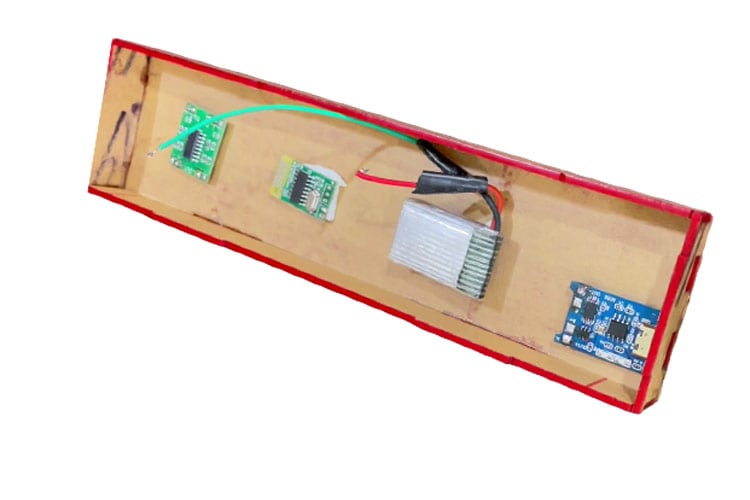
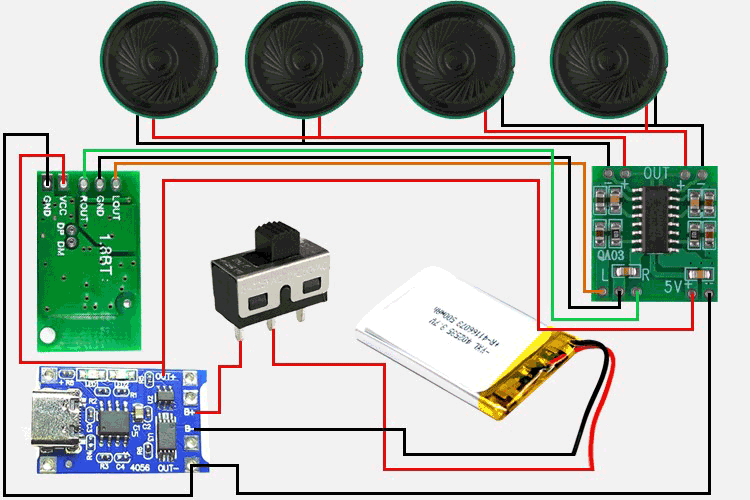
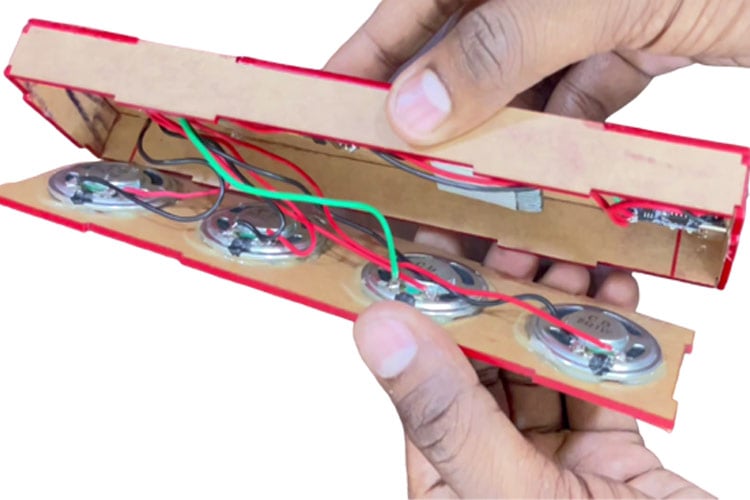
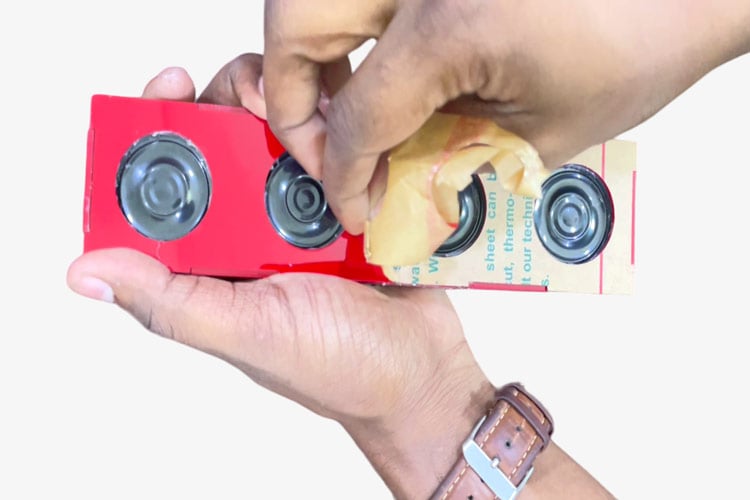
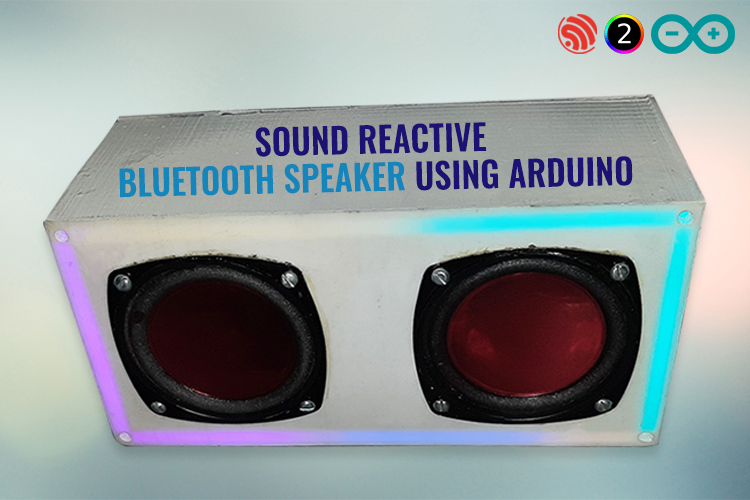
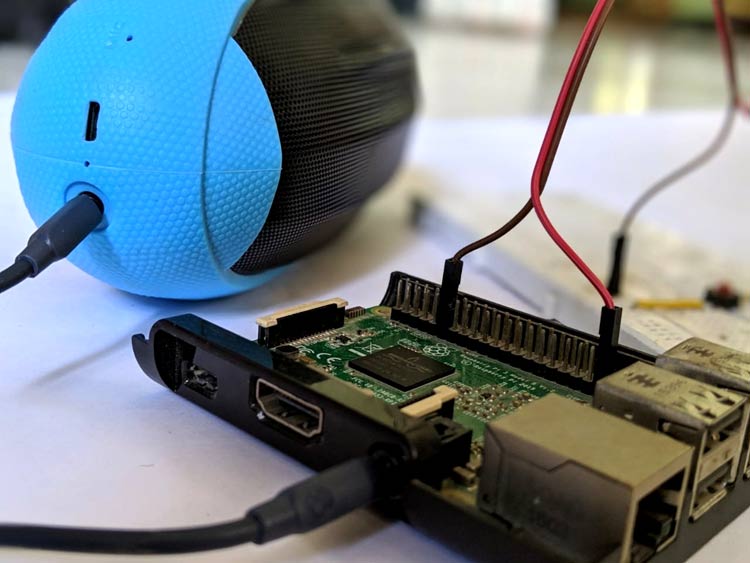










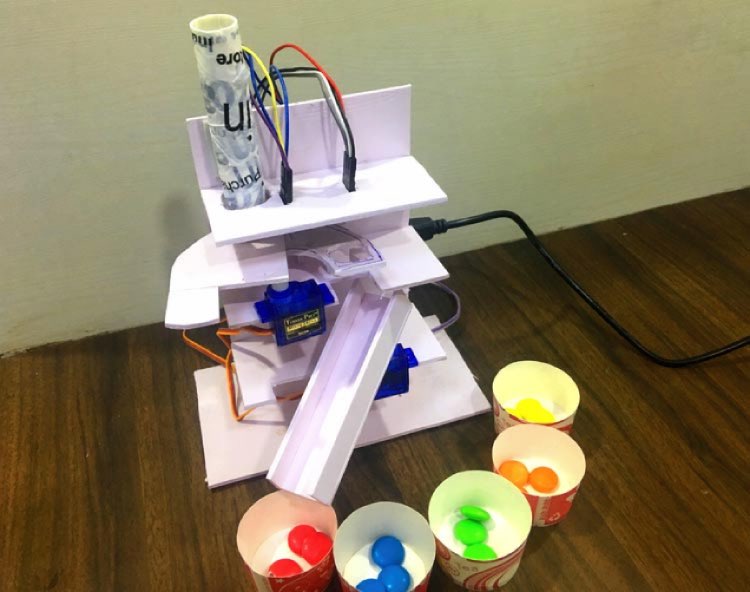










 Bill Schweber is a contributing writer for Mouser Electronics and an electronics engineer who has written three textbooks on electronic communications systems, as well as hundreds of technical articles, opinion columns, and product features. In past roles, he worked as a technical website manager for multiple topic-specific sites for EE Times and as the Executive Editor and Analog Editor at EDN.
Bill Schweber is a contributing writer for Mouser Electronics and an electronics engineer who has written three textbooks on electronic communications systems, as well as hundreds of technical articles, opinion columns, and product features. In past roles, he worked as a technical website manager for multiple topic-specific sites for EE Times and as the Executive Editor and Analog Editor at EDN.